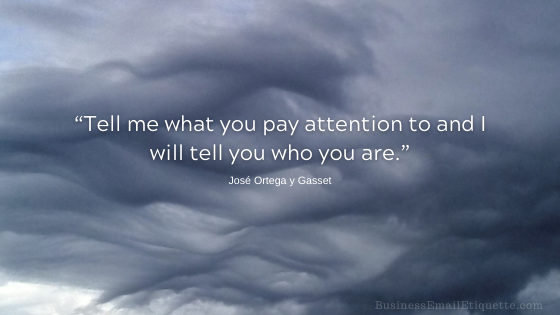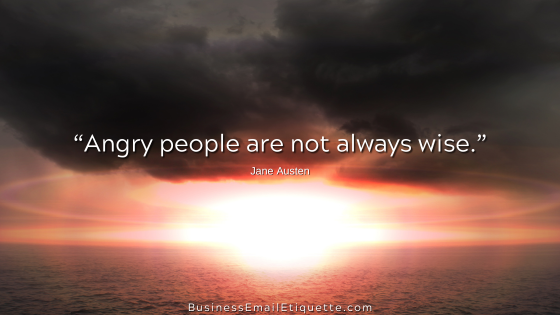Using “. . .” at the End of Sentences in Email

. . . = Ellipsis
As my regular readers know, I constantly remind folks to use proper sentence structure and grammar when composing their emails. I pretty much leave it at that—I am not a grammar writer or an English language major.
But when investigating the use of ellipses, there are some pretty visceral opinions out there. As in, you should never use an ellipsis for any reason. Authors and intellectuals tend to be stringent regarding proper writing practices. I get that—that’s what they do.
However, there’s a time and place for everything, and I don’t get wrapped up in hard and fast rules.
To the pros, only the last part applies — when a part of the quoted work is missing. Period. (Although in the graphic above, Stephen King used an ellipse to add a pause in thought.)
I continually work on my writing skills and am amazed at how much there is still to learn about communicating with the written word, which is critical for business. I do my best to do my best.
But I am an ellipsis user, and my writing tool, Grammarly, nags me about using it. So, I guess the first step is to admit you have a problem.
I’ve received several requests recently to address the use of “trailing periods” at the end of sentences, which is the basis for this post.
What’s with “trailing periods”…
What does “. . .” mean?
Ending a phrase or sentence with “. . .” could mean different things depending on the content and tone of the email in question. A proper ellipse is a period at the end of the sentence, followed by “. . .”
So your associate is apparently not even ellipsing—she’s just not completing her thoughts. Unfortunately, using ellipses this way does not lend to professional communications or clarity if done constantly.
Doing this at the end of every sentence is inappropriate and leads to cryptic communications. Like anything related to using technology, discretion is vital.
In the example above, I think it means the opposite of having something to say but won’t. I think she just doesn’t know what more to say. Doing this indicates that “I don’t know what more I can say” on the topic.
For example, I’ll use trailing periods when I keep getting asked the same thing differently by the same person, as though that would change the answer. So, I’ll end the sentence with “. . .” insinuating “what more can I say . . .” or “I’m at a loss . . .” type of situation.
Email Etiquette or Lack of Writing Skills
I don’t believe this is an email etiquette issue as much as an issue of not communicating clearly. For example, one should use ellipses sparingly—not at the end of every sentence or thought.
If you are concerned, why not ask your associate who does this in her communications what she means? For example, “I was just wondering, why do you end all your sentences with three periods?” I would be interested to know her answer too.
In decades of writing and using ellipses, I have never had anyone tell me they are confused by my intent or ask me what I meant. That said, I make a point of ensuring my communications are clear, ellipses or no ellipses.







